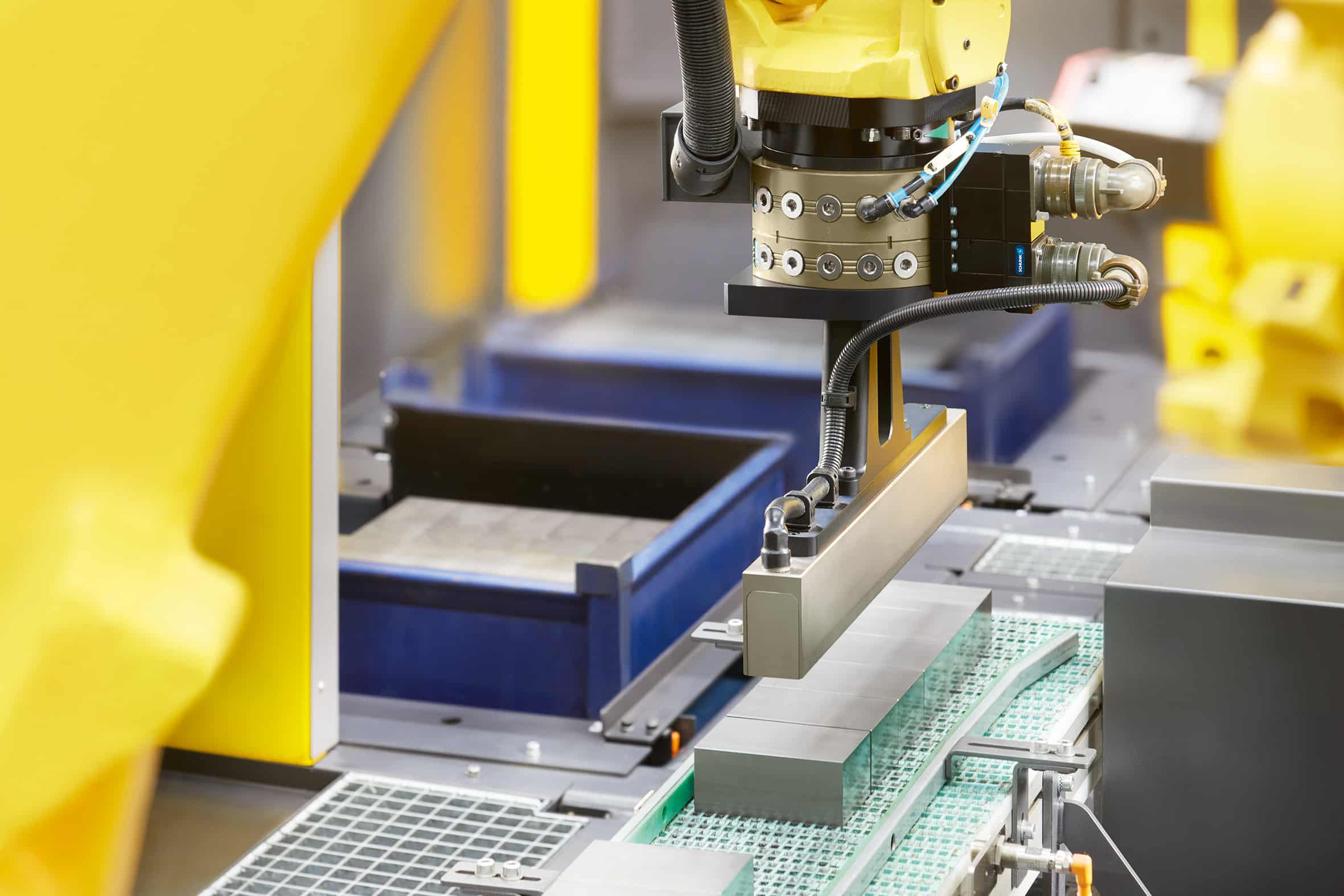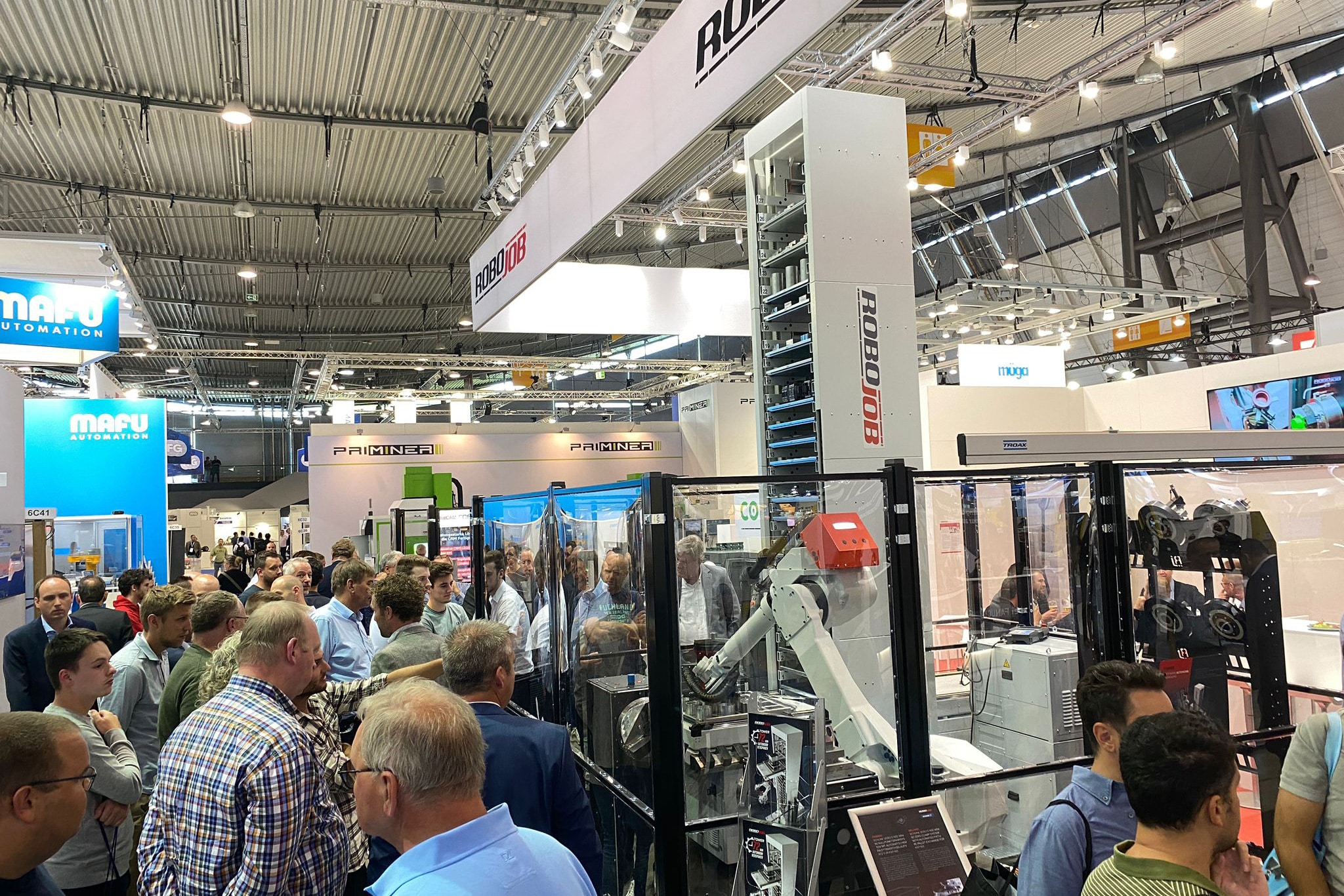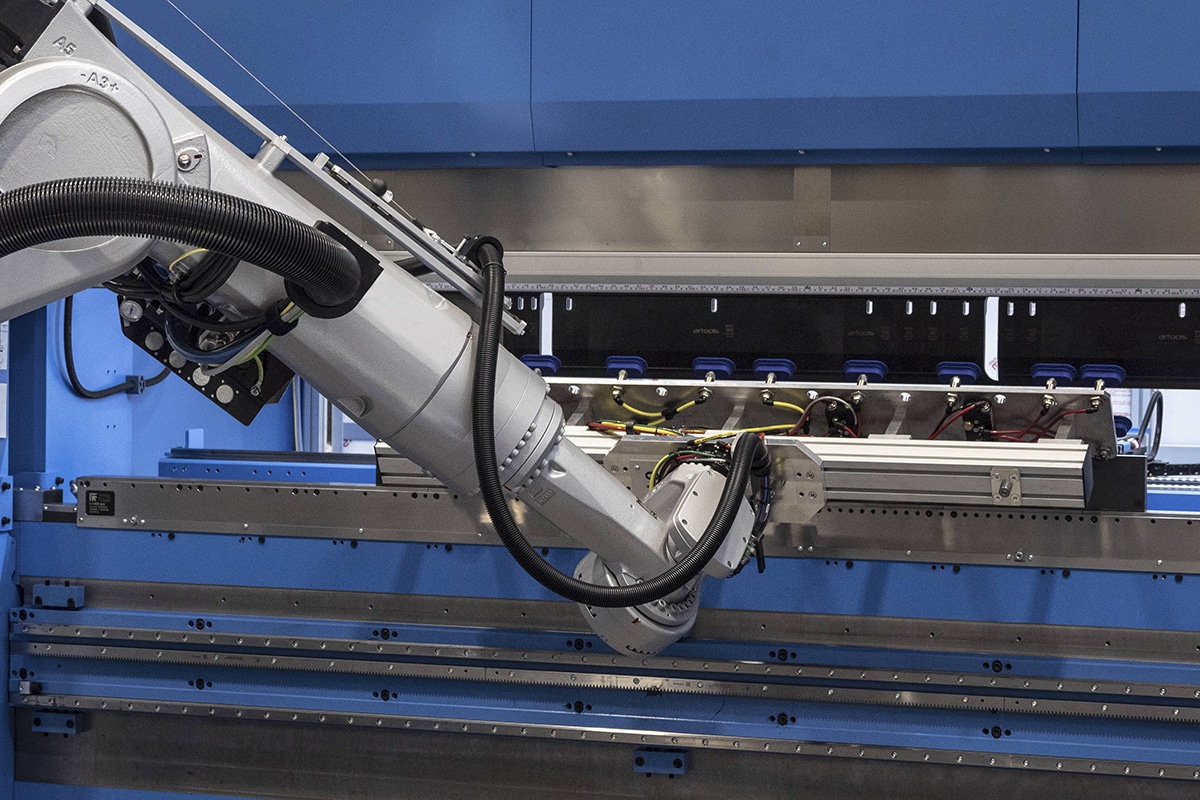
Steel prices soar due to scarcity
Before the end of the year that is already clear: prices already went firmly into crescendo in November, a line that also continues in December. Europe's largest steel mill announced in early December that it was raising the base price for hot-rolled coils by 50 euros per ton. Cause? The unexpectedly stronger demand from the automotive industry is causing a scarcity on the market.
Since the summer months, steel prices have been going up again. There is no end in sight. December, compared to November, is adding to it. This is evident from the latest steel news from Noviostaal. As a result, today you can count a base price of around 650 euros for hot-rolled coils. For galvanized material, that even goes up to 750 euros per ton. The fact that the manufacturers have to pay more for their raw materials (iron ore is currently worth as much as $154 per ton) is obviously related to this. But it is mainly the unexpectedly higher demand from the automotive sector that is driving prices up sharply. Dealers and service centers saw their inventories rapidly dwindle as a result of these developments. It even goes so far that some service centers will not meet their appointments for the next three months for 100%. Much of the hot-rolled material is further processed into cold-rolled and galvanized coils. Logically, then, those materials will also become proportionally more expensive or perhaps even a bit more, depending on availability concludes the Steel Journal.
Not yet at full capacity
The scarcity applies to the whole of Europe and is mainly due to the fact that the steel industry is not yet fully under steam. It is true that some blast furnaces in Western Europe (Spain, France and Belgium) have been or are being restarted, but at the same time crude steel production in Italy is still very limited for the time being, blast furnaces in Poland are being closed, a Hungarian plant is producing less due to financial problems and at a Slovak plant only two out of three blast furnaces are in operation. In addition, a number of German plants have announced maintenance) and renovation work on some rolling lines, which will significantly reduce production output. Thus, the scarcity is partly artificially maintained and this will continue for some time.According to the Steel Journal, the price level on the domestic European market is likely to show a stable to perhaps even slightly increasing trend in the first half of 2021.
Looking across borders?
Import prices are not interesting based on current European price levels, but a base price of 650 euros might start to invite mills in other markets to approach the European market more actively. The current delivery times, as given by the larger steel mills, may be an additional incentive for buyers to shop overseas once again. After all, most mills in Europe have long closed their order books for the first quarter and, in addition, some are offering only limited quantities for delivery in the second quarter and then often with a delivery time second half of May or June. This means that when material is ordered now, a delivery time of five to six months is pushed forward by the steel mill. Material could be supplied from Asian countries or Russia, for example, which may not be price competitive but can be received by the end of the first quarter of 2021, so that the material requirement remains covered for the time being. An additional disadvantage is that sea transport has become very expensive.
Uncertain factors
One factor creating additional uncertainty is, of course, how the Covid-19 pandemic will develop. In addition, there is also exciting anticipation as to whether the new U.S. administration will change policy around import tariffs on steel and, of course, what economic strategic direction China will take.
To the December Steel Journal



